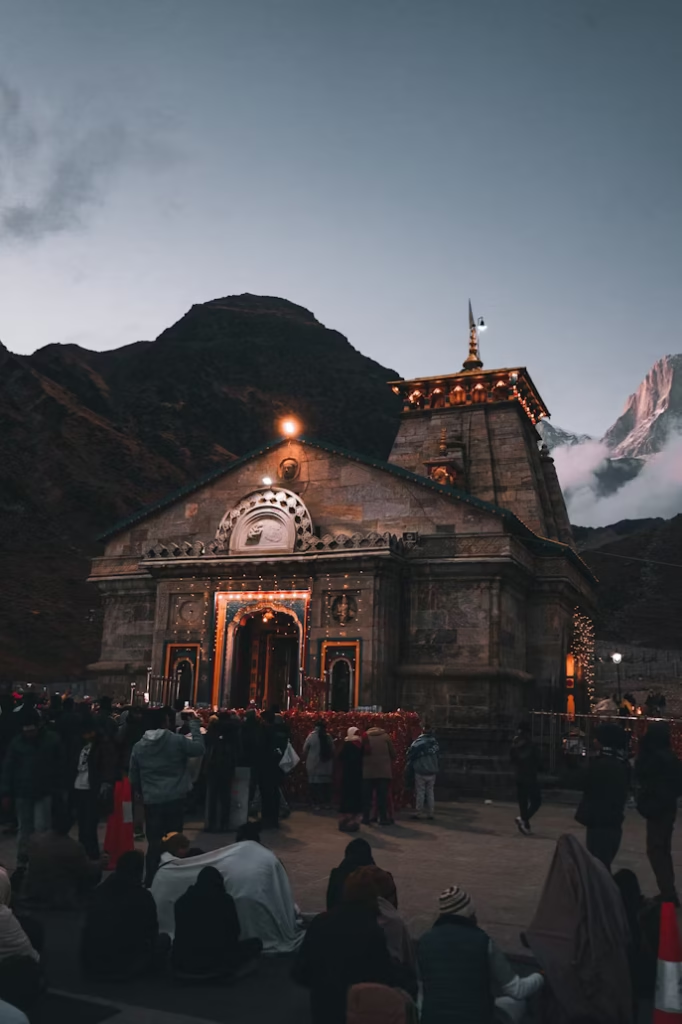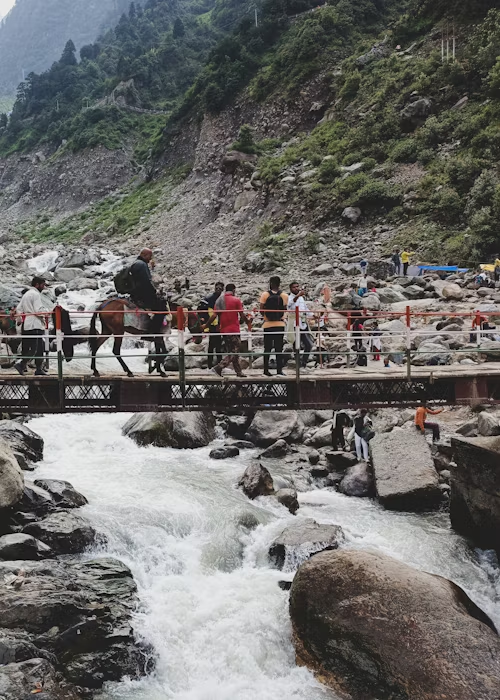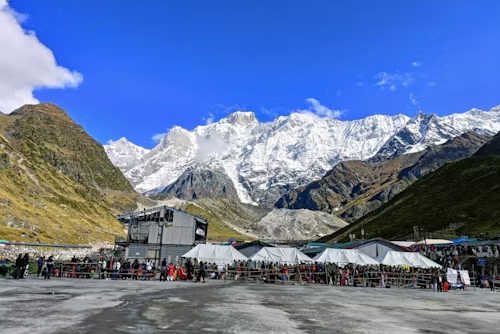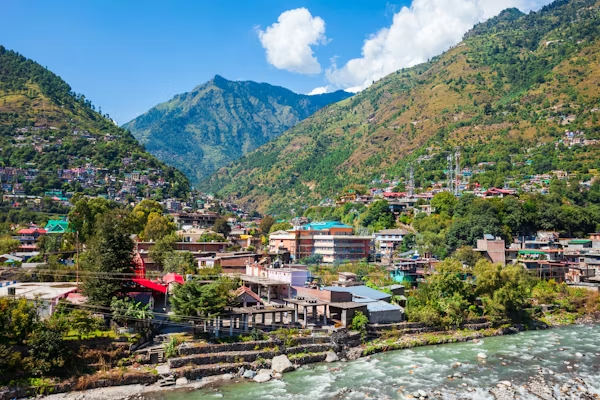The Kedarnath and Badrinath Yatra is a sacred pilgrimage journey nestled in the Garhwal Himalayas of Uttarakhand, India. This spiritual circuit takes devotees and trekkers through some of the most revered Hindu shrines—Kedarnath, dedicated to Lord Shiva, and Badrinath, dedicated to Lord Vishnu. The journey offers a blend of natural beauty, high-altitude adventure, and deep spiritual resonance.
The total length of the trip varies depending on the chosen route and transportation, but typically spans 5–8 days, covering road travel, moderate trekking, and temple visits. The Kedarnath trek involves a 16 km (10 mi) uphill trail from Gaurikund, passing through steep mountain paths, waterfalls, and alpine forests. The Kedarnath Temple stands at an altitude of 3,583 meters (11,755 ft), flanked by snow-capped peaks and the Mandakini River.
After visiting Kedarnath, travelers often continue to Badrinath, reachable via road. Located at 3,300 meters (10,827 ft), Badrinath lies between the Nar and Narayan mountain ranges, with the majestic Neelkanth Peak providing a stunning backdrop. The temple, built in traditional Garhwali architecture, draws pilgrims from across the globe and is part of the famed Char Dham Yatra.
The Kedarnath and Badrinath Yatra is a revered pilgrimage through the Indian Himalayas, involving movement across rugged terrains, winding roads, and high-altitude paths. This journey is traditionally undertaken by foot, mule, or helicopter, though modern infrastructure now allows partial access by vehicle. Whether approached as a spiritual quest or a high-mountain expedition, the Yatra can be a one-way route or a round trip, often including brief halts at sacred villages, temples, and natural sites along the way.
The origins of the Kedarnath and Badrinath pilgrimage are steeped in ancient mythology and religious lore. Kedarnath, dedicated to Lord Shiva, and Badrinath, dedicated to Lord Vishnu, are two of the holiest shrines in Hinduism. The term Yatra itself derives from Sanskrit, meaning ‘journey’ or ‘path’, often implying a purposeful spiritual undertaking rather than casual travel.
Historically, this pilgrimage was grueling—marked by treacherous footpaths, unpredictable weather, and physical endurance, echoing the very meaning of the word “travail”. In fact, much like the evolution of the word “travel” from toil and struggle, the Kedarnath-Badrinath journey has symbolized both hardship and inner transformation. The region’s early travelers—sadhus, sages, and seekers—embraced the challenges as part of their spiritual purification, often walking for weeks with minimal possessions.
Today, although better roads and services have eased the physical strain, the Yatra still retains its symbolic depth. It represents not just a geographical movement, but a journey inward—through devotion, perseverance, and awe of nature’s grandeur. The route, nestled in the Garhwal Himalayas, continues to test and uplift all who undertake it, carrying forward centuries of tradition and sacred meaning.











